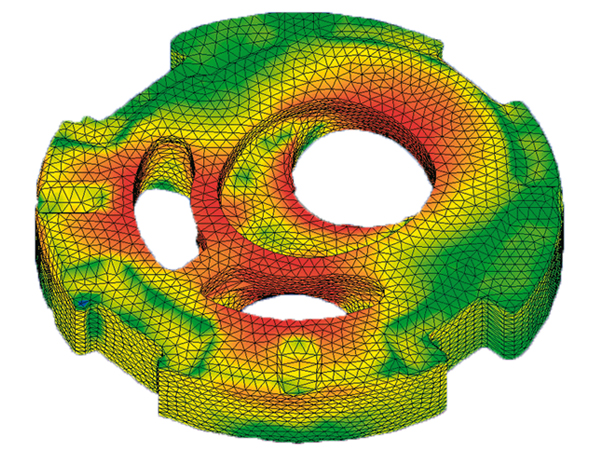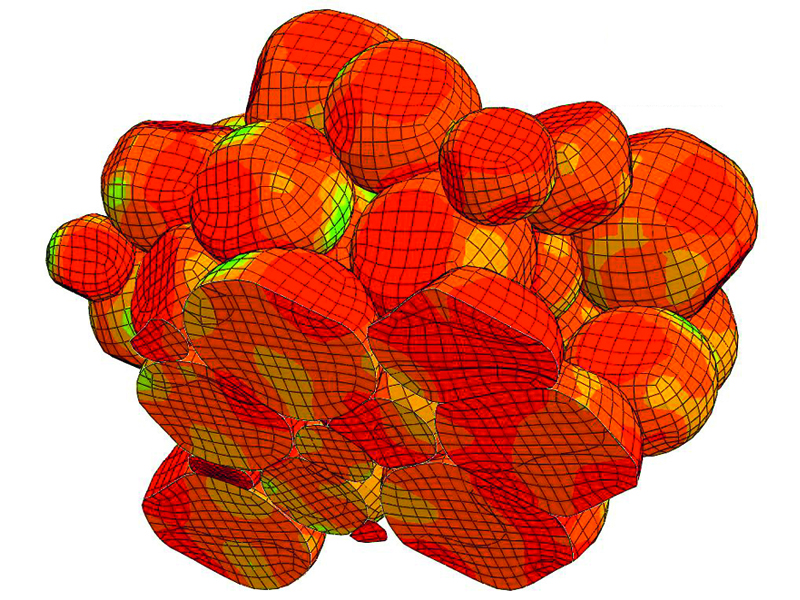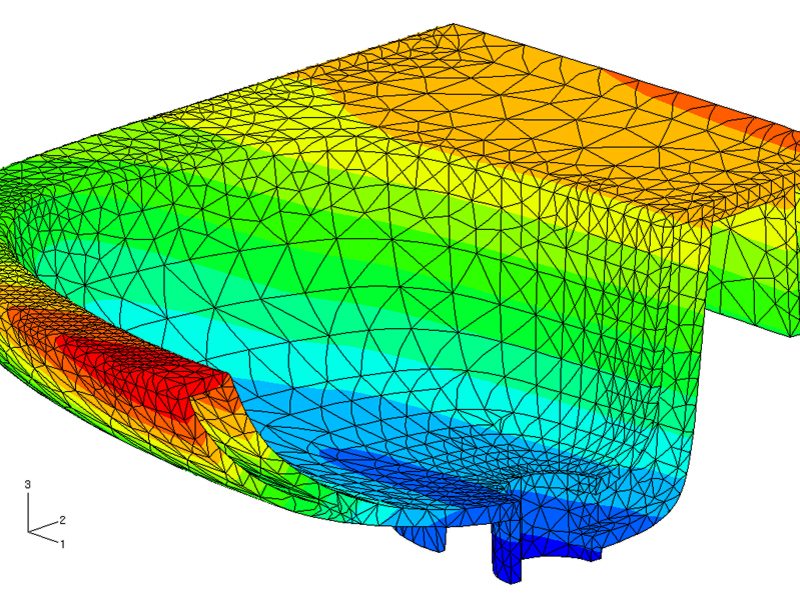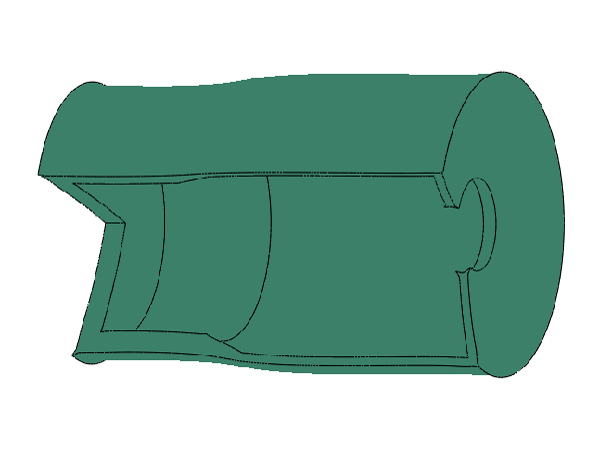Numerical simulation of the pressing and sintering processes
When using powder technology for the forming and shaping of components, die compaction has been established for many materials (ceramics, hard metals, sintered steel, magnetic materials, pharmaceutical powders). Complex components place high demands on the pressing technology: typical problems are the warpage caused by the green density gradients as well as cracks caused when extracting the component from the die or by temperature gradients during the sintering process. The simulation methods developed by the scientists at the Fraunhofer IWM allow for quantitative predictions of the green density distributions as well as the resulting sintering distortion. This supports the optimization of tool shapes and pressing schedules in the preliminary stages of the tool manufacturing process and recommendations to be made for improvements in the finished parts.
 Fraunhofer Institute for Mechanics of Materials IWM
Fraunhofer Institute for Mechanics of Materials IWM


